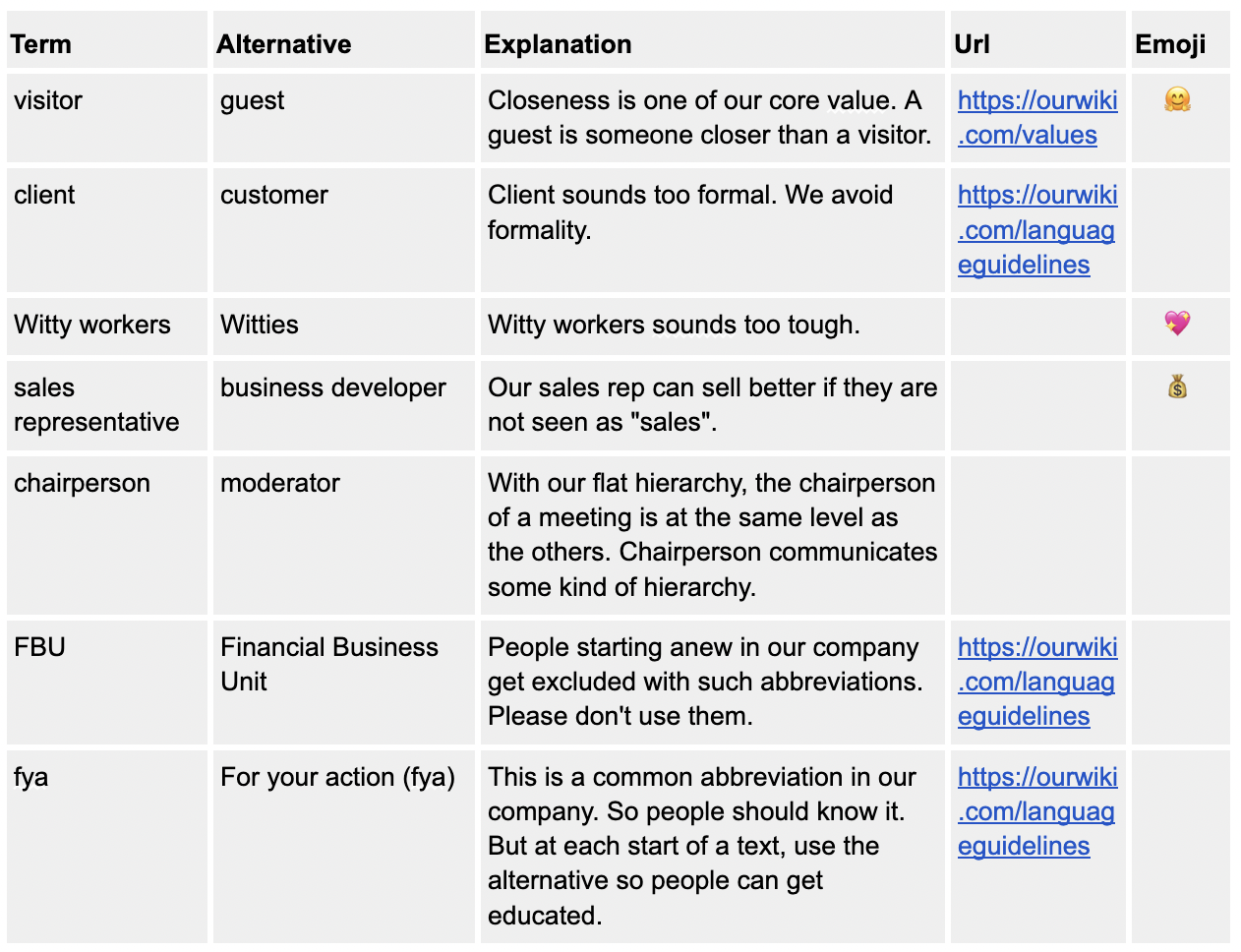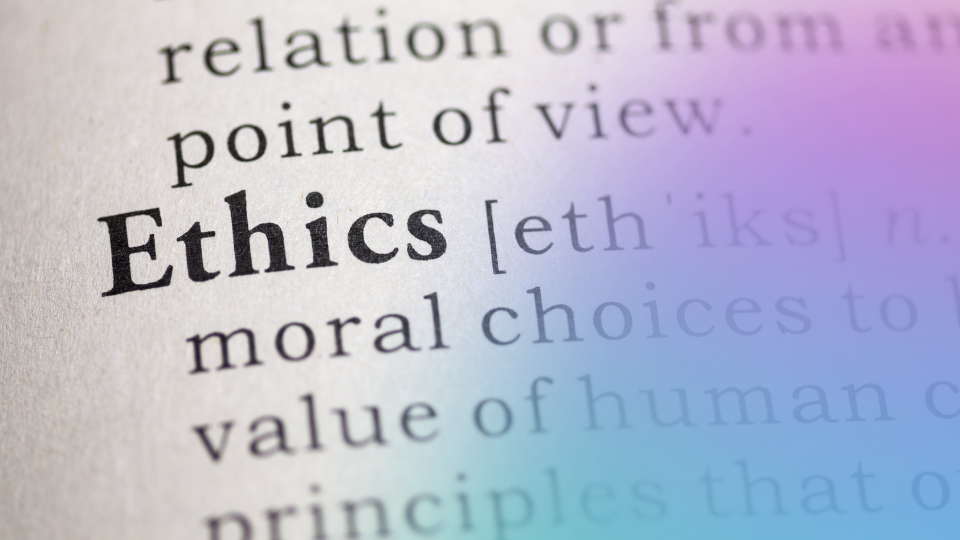Words Matter: The Power of Language Guidelines for Your Brand
Language guidelines, also known as style guides or brand guidelines, are important for companies because they help ensure consistent messaging and branding across all communication channels. This is particularly important in today's digital age, where companies communicate with customers through multiple platforms, including social media, email, website, and advertising. A language guideline sets the tone and voice for all written and spoken communication, including word choice, grammar, punctuation, and formatting. It also provides guidance on how to handle sensitive topics, such as diversity, equity, and inclusion, and legal requirements, such as privacy policies and disclaimers.
One example of a language guideline is the Associated Press Stylebook, which is widely used by journalists and news organizations. It provides guidance on grammar, spelling, punctuation, and usage, as well as specific rules for writing about topics such as race, gender, and religion.
Lost in Translation: Understanding the Challenges of Following Language Guidelines
Adhering to language guidelines can be difficult for several reasons. First, language is subjective, and what sounds right to one person may sound wrong to another. Second, language is constantly evolving, and what was considered acceptable a few years ago may not be acceptable today. Third, different communication channels have different requirements, and what works for social media may not work for a press release or a legal document. Finally, language guidelines require discipline and consistency, and it can be challenging to enforce them across an entire organization, particularly if employees have different backgrounds, experiences, and writing styles. Moreover, our clients often tell us that they find it disruptive to check the guidelines while they are working. Despite these challenges, language guidelines are essential for companies that want to build a strong brand and communicate effectively with their customers.
Mastering the Art of Consistent Communication: How Witty Simplifies Language Guideline Adherence
Witty, a software tool that allows you to create a language guideline and have it applied consistently and automatically to all written communication, can be of great help to companies. With Witty, companies can ensure that their messaging and branding are consistent across all communication channels, regardless of who is creating the content. This not only saves time and effort in manual editing but also helps to avoid any embarrassing or inconsistent language that may negatively affect the company's reputation. Additionally, Witty can also help companies maintain legal compliance by ensuring that all required disclaimers are included in the language guideline. Overall, Witty can be a valuable tool for companies that want to ensure consistent and professional communication with their customers while also simplifying the process of adhering to a language guideline.
Inclusive Language: Handbook To Make It Work at Your Organization
Here, we explain in 7 steps how to create an Inclusive Language Guide to promote a more inclusive workplace (plus a ready-to-use Template for 2023).
Real-Life Examples of Consistent Brand Messaging
Here are some sample entries of a language guideline with regard to gender:
-
Use gender-neutral language wherever possible. Instead of using "he" or "she," use "they" or "their" to refer to a single individual or use gender-neutral terms such as "person," "individual," or "employee."
-
Avoid using gender-specific job titles. Instead of using "fireman" or "policeman," use gender-neutral terms such as "firefighter" or "police officer."
-
Use inclusive language when referring to couples or families. Instead of using "husband and wife," use "partners" or "spouses."
-
Avoid making assumptions about gender. Do not assume that someone's gender based on their name or appearance. Instead, use gender-neutral language until you know someone's gender identity.
-
Avoid using gender as a defining characteristic. Instead of referring to someone as "the female doctor" or "the male nurse," use neutral terms such as "the doctor" or "the nurse."
These entries are just a few examples of how a language guideline can help to promote gender inclusivity and avoid reinforcing gender stereotypes. By following these guidelines, companies can create a more inclusive and welcoming environment for all employees and customers. Most of them are automatically included in Witty, and you don't have to do anything.
If you have more specific words, create a dictionary entry for these terms in Witty.

Handbook: A Guide to Getting Started
To create a consistent brand voice, it's important to have a dictionary of approved terms and their alternatives. With our tool, you can easily add these terms and manage them in one place.
- Go to your dictionary.
- Simply enter the term you want to replace, like "visitor," and its approved alternative, like "guest."
- Then, choose the language and how the term should be highlighted. You can choose to underline the term whether it's in lower or upper case, only when it's written precisely as defined, or when the word stem is found.
-
It's also important to provide an explanation
for team members to understand why the change
is being made. You can add a link to your
internal wiki page for more information and
even an emoji to make the explanation more
memorable.
See the dictionary in action
Watch this short video of your CEO Nadia Fischer showcasing the dictionary.





